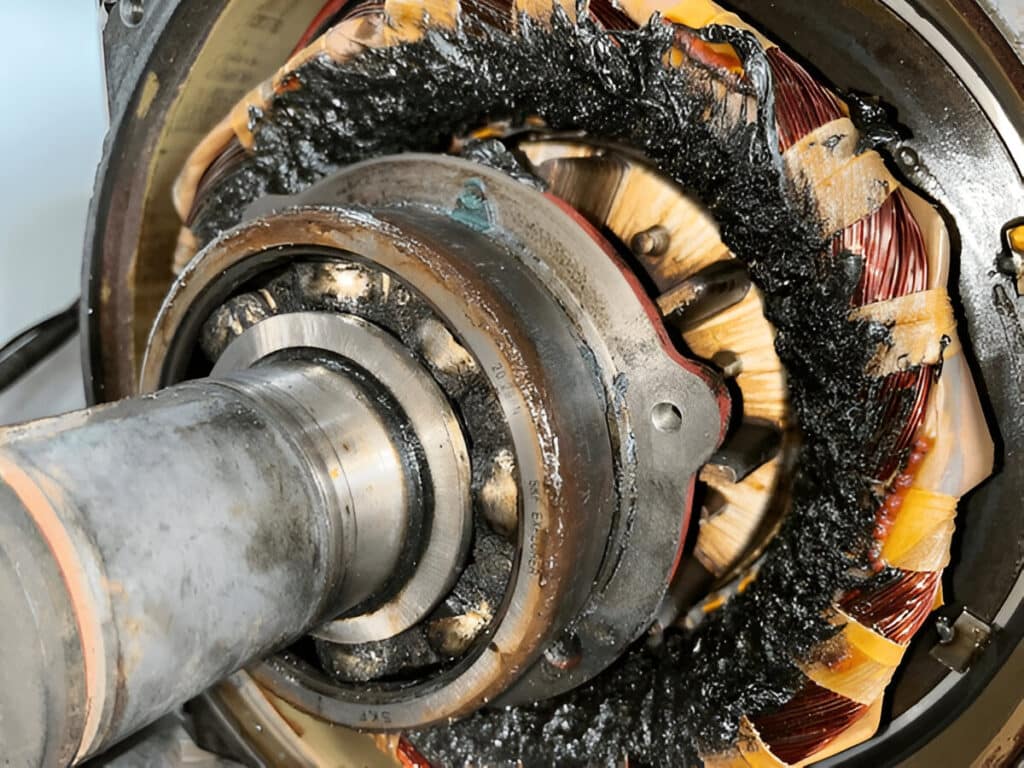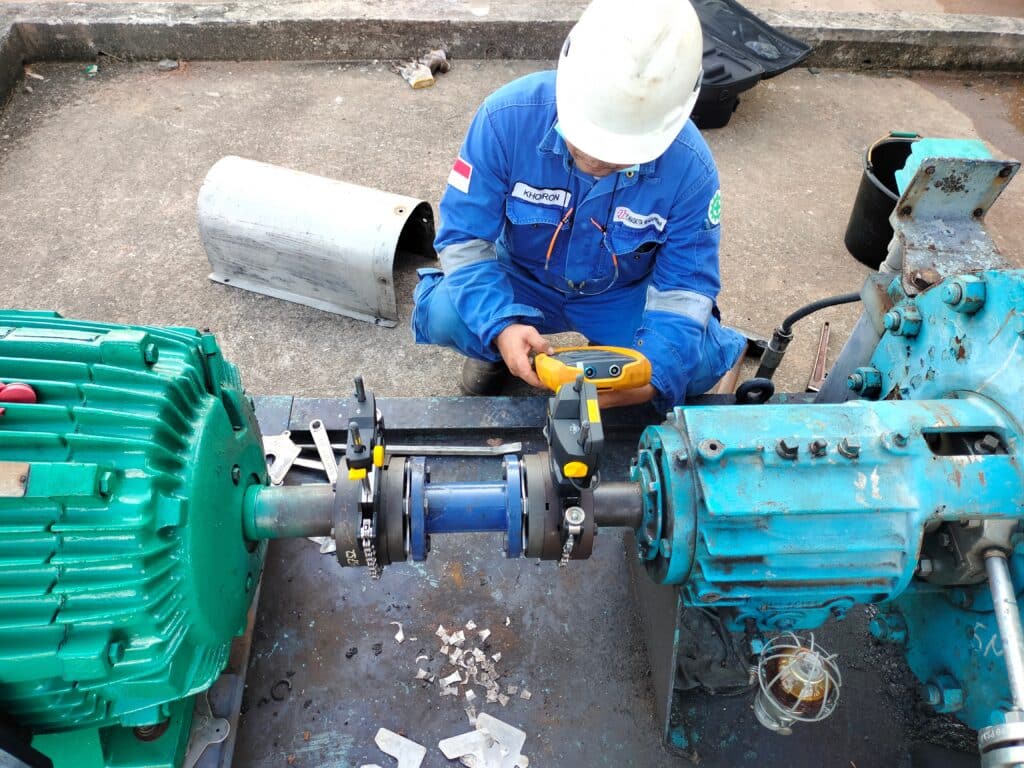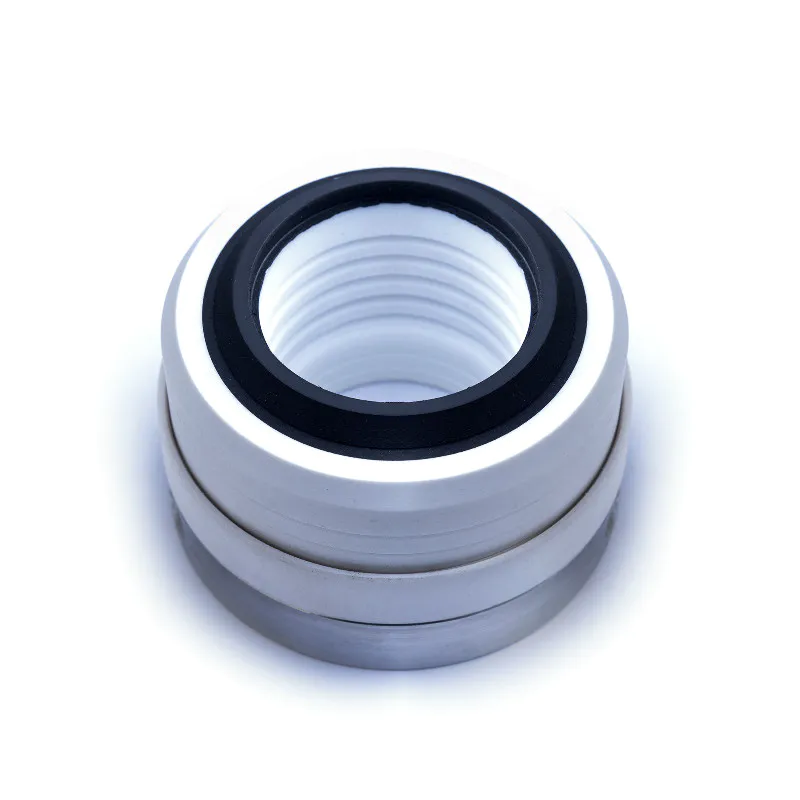Installing mechanical seals can be challenging due to common issues like improper handling, misalignment, and insufficient lubrication. These problems can significantly impact the performance and lifespan of your seals.
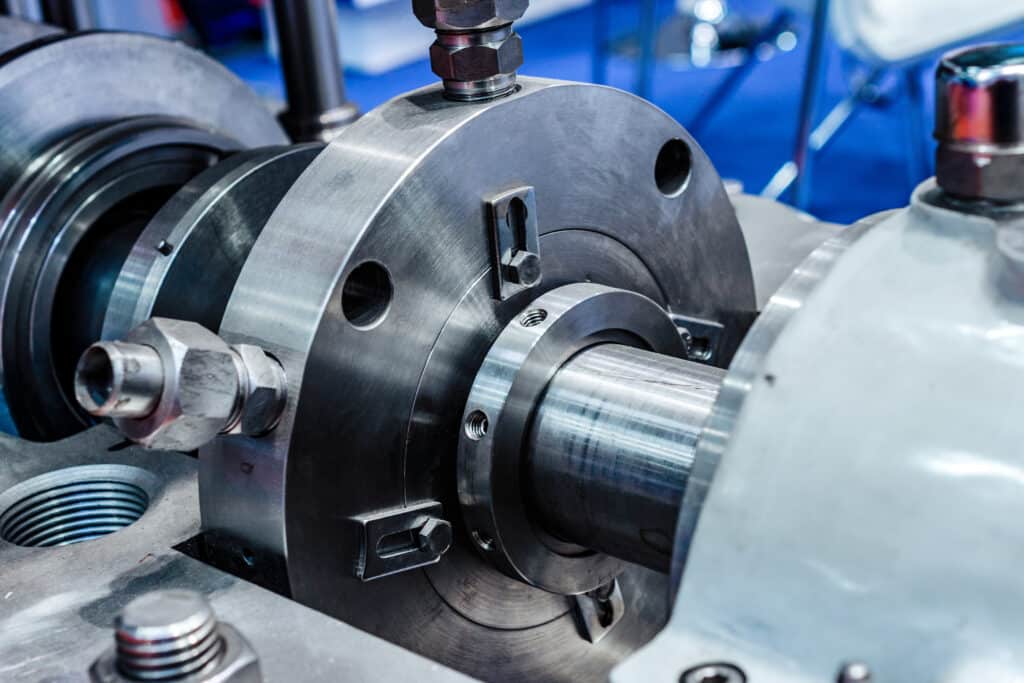
Installation Errors
Improper Handling
Never touch the seal faces with bare hands. Oils and debris from your skin can contaminate the sealing surfaces, diminishing their effectiveness. Utilize clean gloves or a lint-free cloth when handling seal components to prevent contamination.
Be cautious not to drop or bump the seal against hard surfaces. Even minor impacts can cause microscopic damage that may not be visible immediately but can lead to premature failure. Keep the seal in its protective packaging until the moment of installation to prevent accidental damage and contamination.
Avoid using sharp tools near the seal faces; scratches can severely compromise their sealing ability. For cleaning, only use approved solvents and soft materials to avoid damage. If the seal does not fit easily, do not force it into place; this could indicate misalignment or the incorrect size.
Misalignment
When installing a mechanical seal, ensure that the seal faces are perpendicular to the shaft axis. Even a slight deviation can cause uneven wear and leakage. Use dial indicators to check for radial and axial runout, aiming for a maximum runout of 0.002 inches per inch of shaft diameter.
Check that the seal’s stationary components are square to the shaft and parallel to the seal chamber face. Improper alignment can result in face distortion and uneven loading.
Incorrect Installation
Ensure you are using the correct seal for your specific application. Components should fit easily; if they do not, recheck your parts.
Pay attention to the installation direction. Some seals are designed to rotate in a specific direction, and reversing this can cause immediate failure.
Tighten bolts and fasteners to the correct torque specifications. Over-tightening can distort the seal, while under-tightening may lead to leaks.
Insufficient Lubrication
Insufficient lubrication can lead to increased friction and heat generation, especially during the startup phase. This results in premature wear, scoring of seal faces, and potential seal failure. Special attention should be given to O-rings and gaskets, which are particularly vulnerable to damage from inadequate lubrication.
To prevent these issues, always adhere to the manufacturer’s guidelines for lubrication. Use a compatible, clean lubricant that will not degrade the seal materials. Apply the lubricant evenly to all necessary components, ensuring complete coverage without excess. Over-lubrication can also be problematic, causing contamination or seal slippage.
Before starting the equipment, manually rotate the shaft to distribute the lubricant evenly. This step helps to create a protective film between the sealing faces, reducing initial wear and ensuring proper seal function from the beginning.
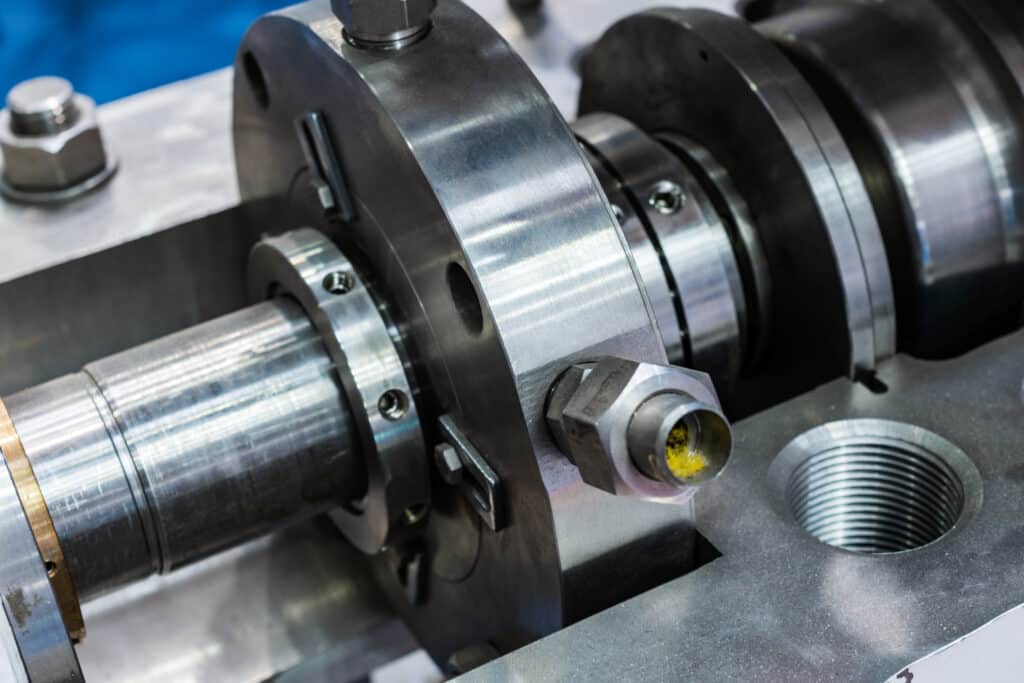
Equipment Issues
Shaft Misalignment
Improper alignment results in premature seal failure, excessive wear, and increased power consumption. Both angular and parallel misalignment should be checked using specialized tools like dial indicators or laser alignment systems.
For angular misalignment, measure the gap difference between the shaft and coupling at multiple points around the circumference. For parallel misalignment, assess the offset between the centerlines of the two shafts.
If misalignment is detected, adjustments are necessary. These may involve shimming the baseplate, repositioning the entire unit, or adjusting the coupling. Consider thermal growth during operation as it can affect alignment, and incorporate this into your calculations.
Vibration
Common causes of vibration include unbalanced rotating components, misaligned shafts, worn bearings, and loose mountings.
Ensure proper alignment of all rotating parts using precision tools to check and adjust shaft alignment. Securely fasten all components to prevent looseness. Inspect bearings for wear and replace them if necessary. Examine the foundation and mounting of the equipment, as loose or damaged mounts can contribute to vibration issues.
For persistent vibration, use vibration analysis tools to pinpoint the exact source and frequency.
Pressure/Temperature Excursions
Pressure spikes can occur due to sudden valve closures, pump startups, or system surges. These spikes may lead to seal face separation, resulting in increased leakage or complete seal failure.
Rapid heating or cooling can induce thermal shock, causing seal components to warp and alter critical tolerances. Gradually introducing temperature changes and ensuring the cooling system functions correctly are vital steps to prevent damage.
FAQs
How Often Should Mechanical Seals Be Replaced?
Typically, replacement is needed every 1-3 years, with regular inspections determining the optimal time.
Can Mechanical Seals Be Reused After Removal?
Mechanical seals should not be reused after removal. They are designed for single use and may not ensure proper sealing if reinstalled.
What Lubricants Are Safe to Use on Mechanical Seals?
Use lubricants specifically for mechanical seals. Silicone-based and water-based lubricants are often safe. Avoid petroleum-based products as they can damage seals. Always check the manufacturer’s recommendations for your specific seal type.
How Do Temperature Fluctuations Affect Mechanical Seal Performance?
Temperature fluctuations impact mechanical seal performance by causing material expansion or contraction. This affects seal face contact, potentially leading to leaks or premature wear.




